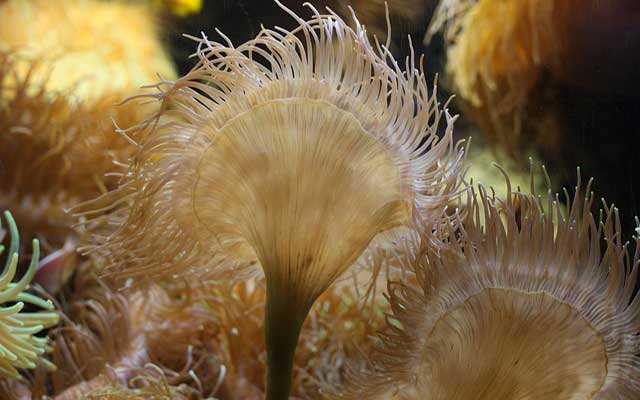.
Taxidermy Unleashed: Essential Skills for Beginners
Mastering the Art of Taxidermy: A Beginner's Guide
Reading time : 1 minute,
Discovery Chepe Id-402-ECO
Published in
07-25-2024

If you are passionate about nature, conservation and art, taxidermy offers you a unique opportunity to combine these passions and create captivating pieces that celebrate the beauty of the natural world.
This ancient technique, which involves the realistic and lasting preservation of animals, will allow you to create works of art that reflect your creativity and your connection to the animal kingdom. To guide you on your path to mastering taxidermy, I have put together a complete and extensive guide that will accompany you from the first steps to the creation of complex and detailed pieces:
1. Immersing yourself in the fundamentals:
A. In-depth knowledge:
· Animal anatomy : Become thoroughly familiar with the anatomy of the animals you wish to taxidermize, studying their bone and muscle structure and internal systems.
· Taxidermy Techniques: Master essential techniques such as boning, hide tanning, mold making, mounting, and artistic taxidermy.
· Legal Regulations: Research and understand the laws and regulations governing the practice of taxidermy in your region, including obtaining permits and ethical handling of specimens.
B. Invaluable resources:
· Specialized books: Acquire complete books on taxidermy such as "Manual Completo de Taxidermy" by Aquilino Pérez or "The Complete Taxidermy Manual" by John Gregory, which will provide you with detailed, step-by-step information.
· Courses and workshops: Enroll in in-person or online courses taught by experienced taxidermists to receive personalized guidance and put your knowledge into practice under supervision.
· Online forums and communities: Join forums and groups dedicated to taxidermy to interact with other enthusiasts, share experiences, get advice, and learn from their work.
Your First Steps to Becoming a Taxidermist

2. Assembling your arsenal of tools:
A. Essential equipment:
· Precision scalpels: Invest in scalpels of different sizes and edges to make precise and delicate cuts on the skin.
· Taxidermy Tweezers: A complete set of straight and curved needle-nose tweezers will allow you to carefully handle the smallest parts of specimens.
· Suture needles: Choose needles of different sizes and curvatures to make resistant and aesthetic seams on the skin.
· Taxidermy bases: Use wooden or metal bases of different sizes and shapes to mount your pieces safely and stably.
· Scraping and modeling tools: Provide yourself with scrapers, sandpaper and clay modeling tools to shape the bodies and bases of your taxidermies.
B. High-quality materials:
· Tanned skins: Look for high-quality taxidermy skins from ethical and sustainable sources, making sure they are the right size and type for your projects.
· Glass eyes: Choose realistic glass eyes that suit the size, color and expression of the species you are taxidermizing.
· Polyurethane shapes: Use pre-designed polyurethane shapes or create your own shapes to model animal bodies more accurately.
· Artificial taxidermy: Explore materials such as polymer clay, latex and epoxy to create elements such as feathers, horns, hooves and other anatomical details.
C. A suitable workspace:
· Well-ventilated area: Set up your workshop in a space with adequate ventilation to avoid the build-up of odors and the inhalation of toxins.
· Optimal lighting: Make sure you have bright, adjustable artificial lighting so you can work precisely on every detail.
· Organization and cleanliness: Keep your workspace clean and organized to avoid accidents, preserve the quality of your materials and work efficiently.
3. Perfecting your skills through practice:
A. Start with small specimens:
· Small birds: Small birds such as sparrows or hummingbirds are ideal for beginners, as they allow you to practice basic techniques without facing major challenges.
· Rodents: Rodents such as mice or rats are also good options to practice, since their anatomy is relatively simple and allows you to become familiar with the handling of fur.
· Fish: Fish are an excellent option for practicing taxidermy techniques on scales and fins, in addition to being relatively easy
4. Additional resources:
· Join the community: Participate in online taxidermy forums and groups to share experiences, receive advice and learn from other enthusiasts.
· Visit museums and exhibitions: Observe the work of professional taxidermists up close to be inspired and find new ideas.
· Stay up to date: Research new techniques, materials and regulations to keep your skills at the forefront.
Remember: Taxidermy is not only about creating aesthetic pieces, but also about honoring animal life and promoting its conservation. Carry out your practice ethically and responsibly, respecting laws and animal welfare.
Most read...
See Also
Discovery Chepe














